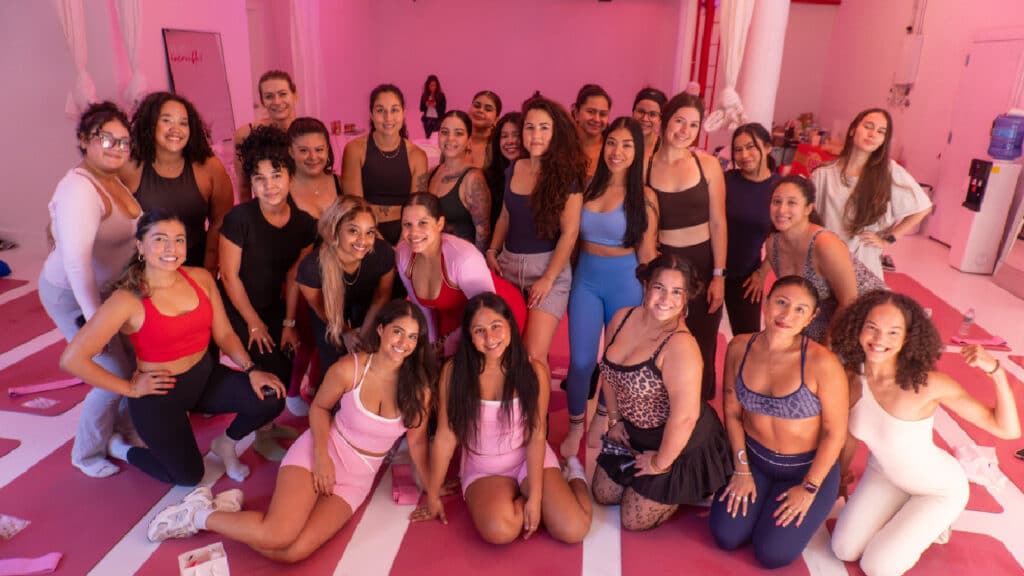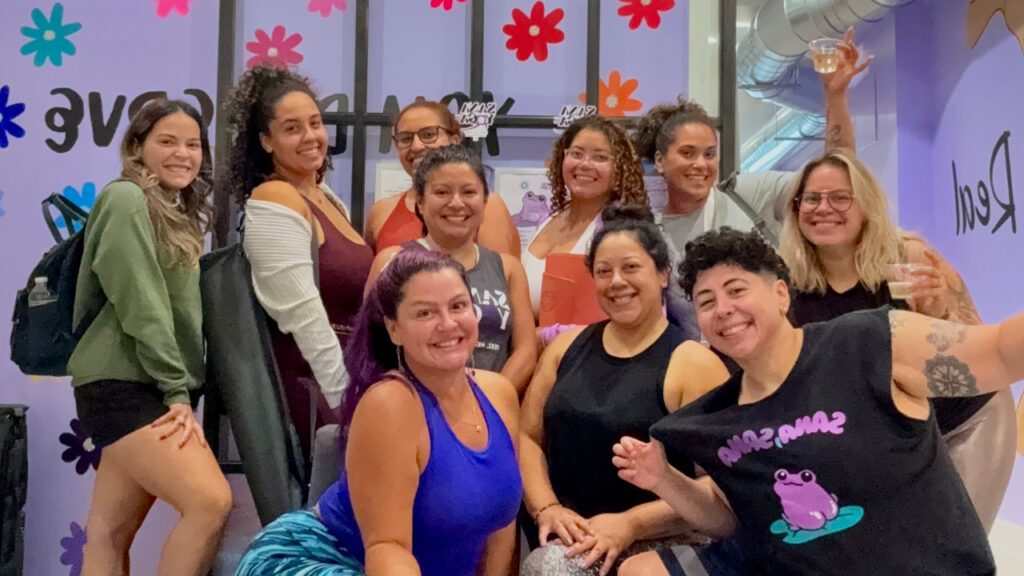Experts Share Shocking Truth About Sun Exposure for Latinas and BIPOC Women
Summer is officially in full swing. This means warmer weather, more time outdoors, less clothing coverage, and of course, more dangerous sun exposure.
For anyone who needs to hear this, sun exposure can be dangerous, even for women of color. Again, for the Latinas and BIPOC ladies in the back, people of all colors and backgrounds still need to prioritize sun protection all year, especially during the summer months.
Medical experts at the American Academy of Dermatology agree that people of all skin colors can get skin cancer. Don’t be fooled — sunburn and skin cancer are not always linked. You can get skin cancer even if you don’t sunburn (or show visible sun damage).
The risk of sun exposure for women of color
Because so many Latinas and women of color do not know or realize this, they often don’t prioritize sun protection. Therefore, they are more at risk for sun damage and skin cancer. Furthermore, if they are diagnosed with skin cancer, it is often a late-stage diagnosis. This can be deadly in cases of melanoma, a fast-spreading, aggressive, and potentially fatal form of skin cancer.
According to one study, the Skin Cancer Foundation reports that there is “an average five-year melanoma survival rate of only 67 percent in Black people versus 92 percent in white people.” Another study showed that “late-stage melanoma diagnoses are more common in Hispanic and Black patients than in non-Hispanic white patients.”
It’s equally about lack of awareness as it is about lack of proactive skin protection, suggests Dr. Andrew Alexis, MD, MPH, chair of the Department of Dermatology at Mount Sinai St. Luke’s and Mount Sinai West in New York City and director of the Skin of Color Center.
Alexis explains there is lower public awareness of skin cancer risks among individuals of color. Similarly, there’s a lower “index of suspicion” among healthcare providers when working with BIPOC patients, and these individuals are also less likely to get regular skin checks or seek preventative medical guidance. As you can imagine, it’s a recipe for disaster.
According to board-certified dermatologist and founder of the Skin of Color Society, Susan C. Taylor, MD, this is incredibly alarming, and the risk to people of color is very real.
“One thing I often hear from my patients, especially those with melanated skin, is that they do not think they need sunscreen,” Dr. Taylor told mitú. “And while melanin does provide some protection from the sun and UV light, it is not completely protective.”
Skin cancer isn’t the only potential risk to be aware of for people of color
“Another reason why protecting your skin from the sun this summer is important is because I have many patients with melanin-rich skin who deal with discoloration, dark marks on their skin that can get aggravated by too much sun exposure and be very difficult to treat after the fact, explains Dr. Taylor. “In fact, after an active bump disappears a few days later, what’s often left is a dark mark that can last for months and months. Nobody wants that.”
And even if skin damage never reaches the point of cancer or other diseases, premature aging is also a concern. That’s because melanin-rich skin can still sunburn, even if it’s less visible, and “if given enough sun exposure, your skin can burn and suffer the effects of sun exposure, like aging, and none of us want to look ancient before our time,” says Dr. Taylor.
The risks are clear, and like so many potential health issues, knowledge is power. The more you know, the more equipped you’ll be to protect your skin and well-being and enjoy the sunny summer days (and not-so-sunny days — it’s important to note that sun damage can occur even on cloudy days) without causing permanent damage.
So, what should women of color do to protect their skin this season and all year long?
First of all, WEAR. SUNSCREEN. Everyone. Yes, even people with darker skin tones should wear sunscreen daily.
“No matter your shade of skin, apply broad-spectrum sunscreen (SPF 30 or higher) every day 20 minutes before going outside and re-apply every 2 hours during the day,” suggests Dr. Taylor. Don’t assume that one application in the morning is enough. “I hear a lot of patients say, ‘I put the sunscreen on, and I’m good for the day.’ Well, you’re not good for the day. If you’re at that cookout, that cookout starts at 10 AM, and it’s still going at 2, guess what? You need to put on another coat of sunscreen.”
She recommends the new Coppertone Every Tone SPF 50, specifically formulated for the skin of color individuals to blend into melanated skin seamlessly with no white cast.
Next, get regular skin checks. Remember that not all sun damage is easily or quickly visible, and not all skin cancers occur on areas of the skin you can see. Experts suggest monthly self-examinations at home, and try to even check the harder-to-see regions of your body (soles of the feet, palms, in between toes etc.), as well as annual full-body exams with a dermatologist.
“On skin of color, skin cancer can manifest very differently, for which it is particularly important to get a full body skin exam once a year to make sure there are no new, unusual growths or spots,” urges Dr. Taylor. “Keep an eye out for any new moles or changes to existing ones and get them screened if you’re concerned.”




